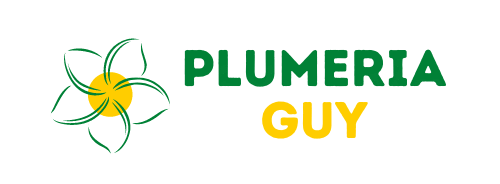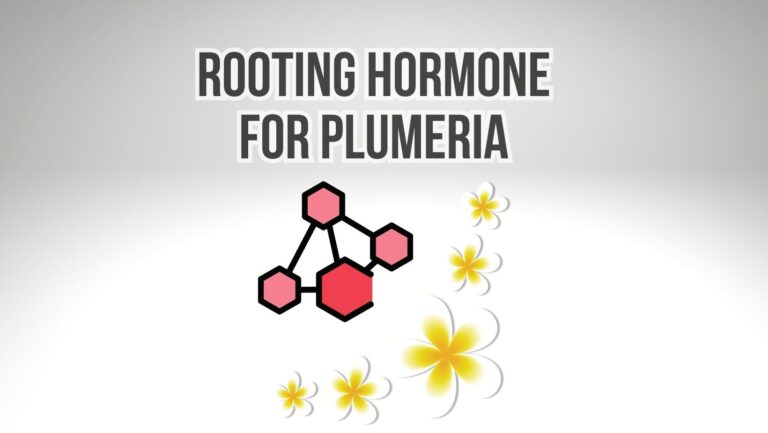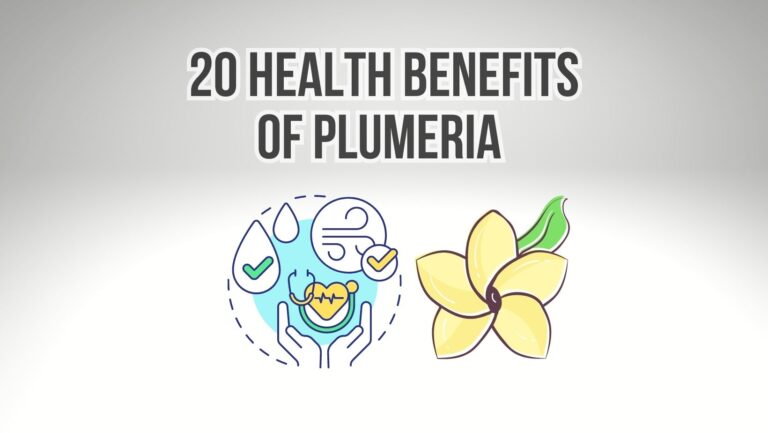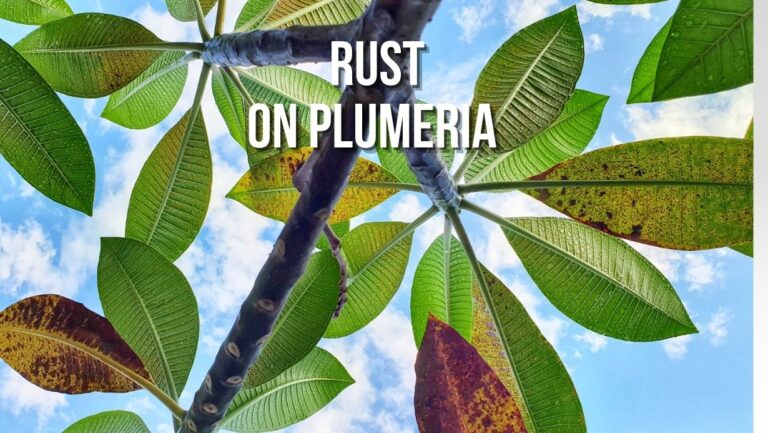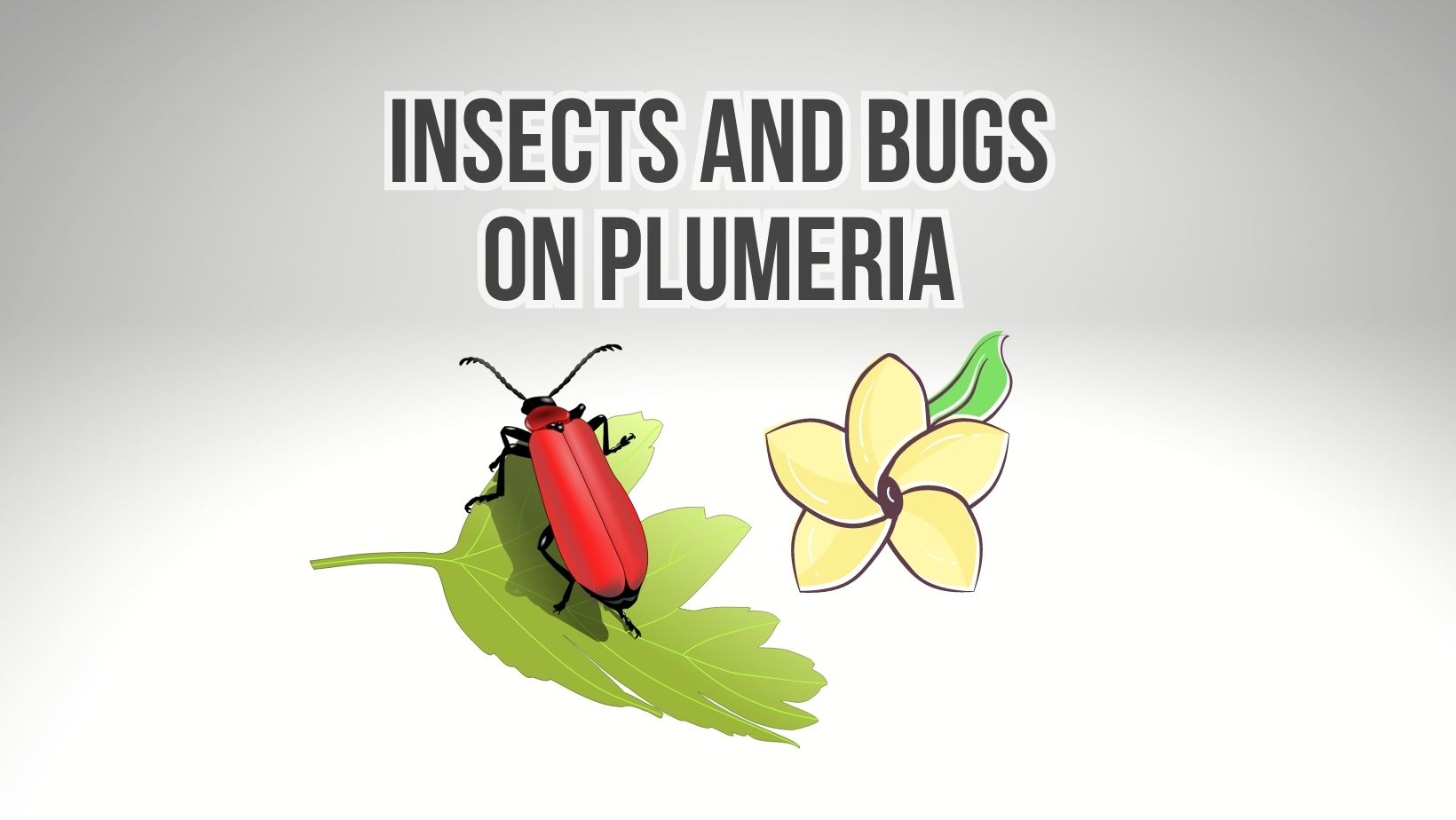
Plumerias can be susceptible to various types of bugs and pests. Here are some common bugs that may affect plumerias and tips for prevention:
Aphids: Aphids are small, soft-bodied insects that can cluster on the undersides of leaves and stems. They suck sap from the plant, causing distortion and yellowing of leaves. To prevent aphids, regularly inspect your plumerias and remove them by hand or use a strong stream of water to dislodge them. You can also introduce natural predators like ladybugs or use insecticidal soap or neem oil to control aphid infestations.
Spider Mites: Spider mites are tiny arachnids that feed on plant sap, causing leaves to yellow, stipple, and drop prematurely. They often create fine webbing on the leaves. Spider mites thrive in dry conditions, so maintaining adequate humidity around the plumeria can help deter them. Regularly misting the leaves can also discourage spider mites. If an infestation occurs, you can use insecticidal soap or horticultural oil to control them.
Whiteflies: Whiteflies are small, winged insects congregating on the leaves’ undersides, sucking plant sap and causing leaf yellowing and wilting. They also excrete a sticky substance called honeydew, which can attract sooty mold. Yellow sticky traps can be effective in catching adult whiteflies. Introduce natural predators like ladybugs or use insecticidal soap or neem oil to control whitefly populations.
Mealybugs: Mealybugs are small, soft-bodied insects covered in white, cottony wax. They feed on plant sap, causing stunted growth and yellowing of leaves. Handpicking and squishing them or using a cotton swab dipped in rubbing alcohol to remove them individually can be effective. You can also use insecticidal soap or neem oil to control mealybugs.
Scale Insects: Scale insects appear as small, immobile bumps on the leaves, stems, or branches of plumerias. They feed on plant sap, leading to yellowing, stunted growth, and dieback. Control scale insects by manually removing them or using insecticidal oil or systemic insecticides.
Thrips: Thrips are tiny insects that feed on plumeria buds, flowers, and leaves, causing silvering, discoloration, and deformities. Regularly inspect and shake the infested flowers over a white surface to dislodge them. Use insecticidal soap or neem oil for management.
Plumeria Bug Infestation: Signs, Causes, and Treatment
Signs of Bug Infestation:
- Visible insects on leaves, stems, or flowers.
- Yellowing or wilting leaves.
- Distorted or deformed growth.
- The sticky residue (honeydew) on leaves.
- Sooty mold growth on the foliage.
- Webbing or fine silk threads on the plant.
Causes of Bug Infestation:
- Environmental conditions: Insects are attracted to plumerias by specific environmental conditions, such as warm temperatures, high humidity, or dry conditions.
- Weakened plants: Stressed or weakened plumerias are more vulnerable to insect infestations. Factors like insufficient light, improper watering, nutrient deficiencies, or physical damage can weaken the plant’s defenses.
- Introduction from other infested plants: Bugs can be introduced to plumerias through contact with other infested plants or contaminated tools and equipment.
Treatment of Bug Infestation:
- Identification: Identify the specific insect pest affecting your plumeria to determine the most appropriate treatment method.
- Manual removal: For larger insects like caterpillars or beetles, manually remove them by hand or with tweezers and dispose of them.
- Insecticidal soap or oil: Use insecticidal soap or horticultural oil to treat common pests like aphids, spider mites, whiteflies, and mealybugs. Follow the product instructions and apply it to the affected parts of the plant.
- Neem oil: Neem oil is an organic insecticide that can effectively control a wide range of pests. Dilute it according to the instructions and apply it to the plumeria, covering all affected areas.
- Systemic insecticides: In severe infestations, systemic insecticides can be used to control pests. These are absorbed by the plant and transported to all parts, making them effective against hidden or hard-to-reach pests. Follow the product instructions and safety precautions.
- Cultural practices: Improve the overall health of your plumeria by ensuring it receives proper sunlight, watering, and fertilization. Prune and remove any damaged or infested plant parts promptly to minimize pest populations.
- Integrated pest management (IPM): Adopt an integrated approach that combines cultural practices, biological controls (such as introducing beneficial insects), and targeted insecticide use to manage bug infestations effectively.
Summary
Regular monitoring, early detection, and prompt action are essential in controlling bug infestations on plumerias.
It’s essential to regularly inspect your plumerias for signs of insect pests and take appropriate measures to control infestations promptly. Consider using integrated pest management practices, including cultural methods, natural predators, and targeted insecticides, to maintain the health and beauty of your plumeria plants.
By maintaining a healthy growing environment and implementing appropriate treatment methods, you can protect your plumerias and enjoy their beauty for years.
